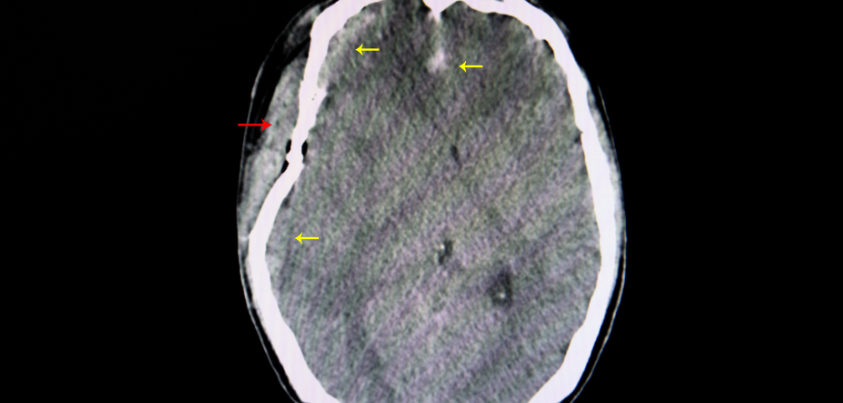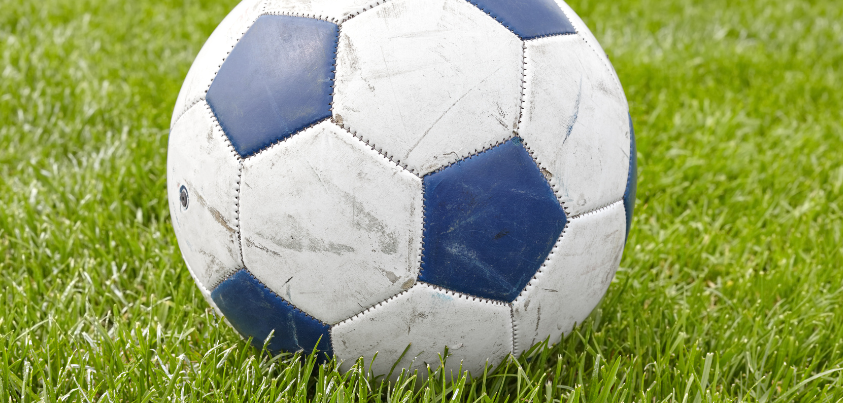A “Silent Epidemic”
In sport, no injury is cloudier than concussion, and few are as catastrophic. Often though, the identification of concussion does not take place. While cases that involve a loss of consciousness are easily recognized to someone with an untrained eye, subtle concussion cases are not. For years, many people have used the labels bell-ringer or ding to describe the effects of a subtle blow to the head. This has led to the popular assumption that such momentary states of confusion or disorientation are not reasons to be concerned. This, however, is not the case.
No matter the severity, concussion is more than an injury; it is a silent killer. Every year, an estimated 300,000 sport-related concussions occur in the United States with high school football players suffering nearly one quarter of those injuries. In fact, one out of every five high school football players will sustain a concussion each year. Concussion is not isolated to football though, and it is also not isolated to boys. By the time their high school playing career is complete, more than 60 percent of all teenage athletes will have experienced some type of concussive injury. These are the known cases. Thousands more go unreported. The prevalence of this injury is so high that for young people aged 15 to 24, concussion is second only to motor vehicle crashes when it comes to traumatic brain injury. In 1990, Dr. M. Goldstein referred to concussion as “a silent epidemic.” Unfortunately, more than two decades later, concussion continues to be one of the most misunderstood and under-diagnosed injuries in sport.
Recognizing The Signs and Symptoms of Concussion
A concussion is an injury to the brain’s cells that causes a disturbance in normal brain function. Concussion can be caused by either getting hit directly on the head or by a hit to another part of the body that causes the head to accelerate forward or backward (like whiplash).
Most athletes who experience concussion will exhibit any one or more of a variety of symptoms. Loss of consciousness is not always present.Headache is the most common symptom, however all athletes will experience concussion differently. So, while one athlete may have a headache, another may not. Other signs and symptoms can include being nauseous, having poor balance or coordination, being dizzy, dazed or confused, or suffering from memory deficits. Headaches may linger, but so can not-so-obvious symptoms. These can include sensitivity to light or noise, emotional changes, sleep disturbances and personality changes. Often, the signs and symptoms of a concussion are not evident until several minutes to hours later. The severity of the symptoms will vary as will their duration.
Certification Course
Signs and Symptoms of Concussion
•Headache
•Nausea/Vomiting
•Blurry Vision
•Dizziness
•Drowsiness
•Sleeping More or Less Than Usual
•Fatigue
•Feeling “In a Fog”
•Feeling “Slowed Down”
•Unusually Emotional
•Irritable, Nervous or Sad
•Loss of Consciousness
•Loss of Orientation
•Memory Problems
•Nervousness
•Personality Changes
•Poor Balance/Coordination
•Ringing in the Ears
•Sensitivity to Light/Noise
•Glassy Eyes/Vacant Stares
Concussed athletes may experience one or more of any of these symptoms.







